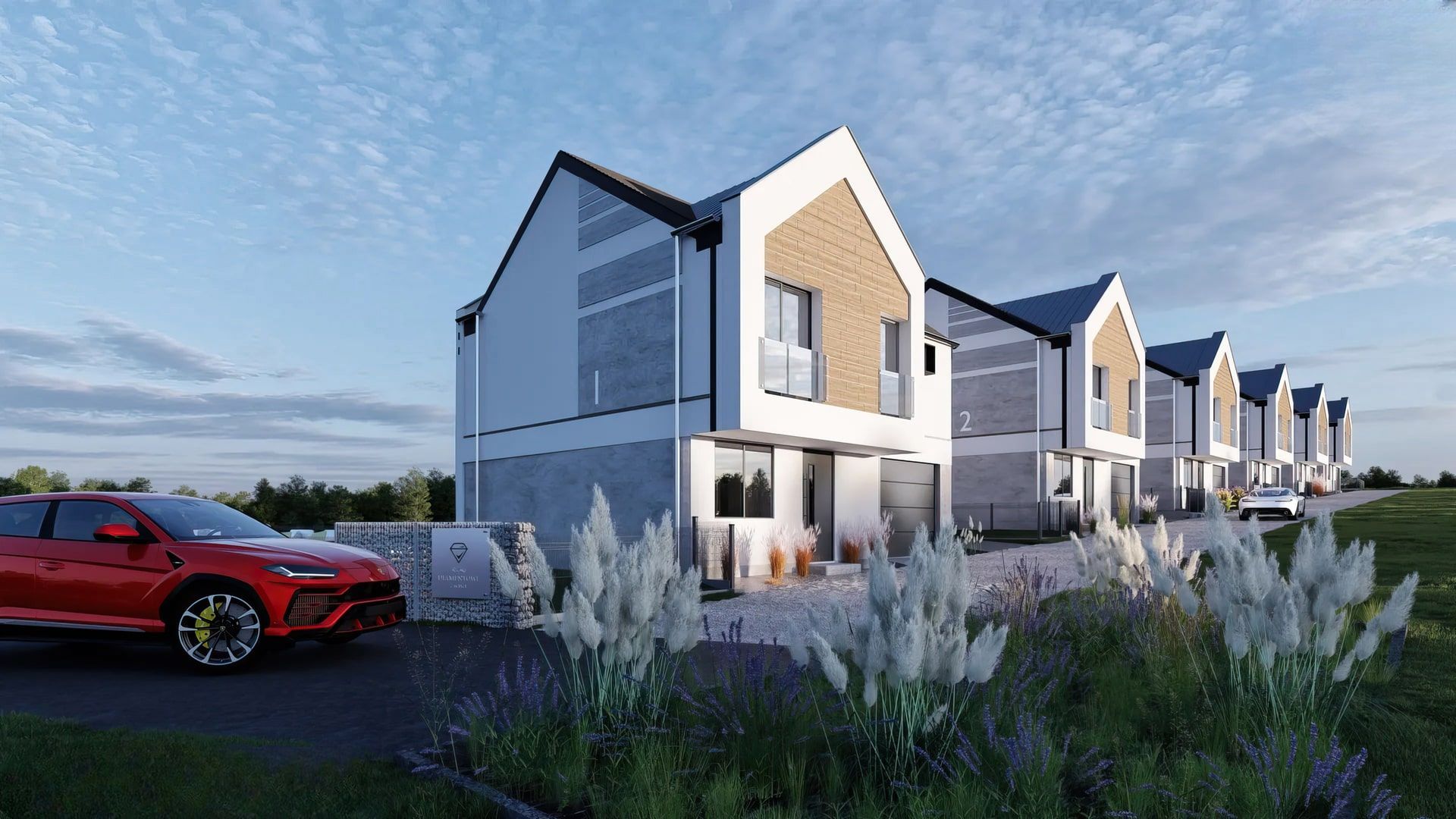
PhotoRealistic 3D Visualizations - Price & Time
...
Find out how photorealistic 3D visualizations of property can boost sales and attract clients. Discover – what are 3D visualizations?
3D visualization of property is a tool that is revolutionizing the construction and real estate developer market.
In the age of digitization and increasing customer expectations, traditional photos or architectural plans often fall short. This is why photorealistic 3D visualizations are becoming the standard, helping to create an emotional connection with the property even before it is built.
Below, you'll find a complete guide that will show you how 3D visualizations can enhance the value of your property offering and increase sales.
We'll explore what photorealistic visualization is, how it is created, the benefits it offers to real estate developers, and the best ways to use it in property marketing.
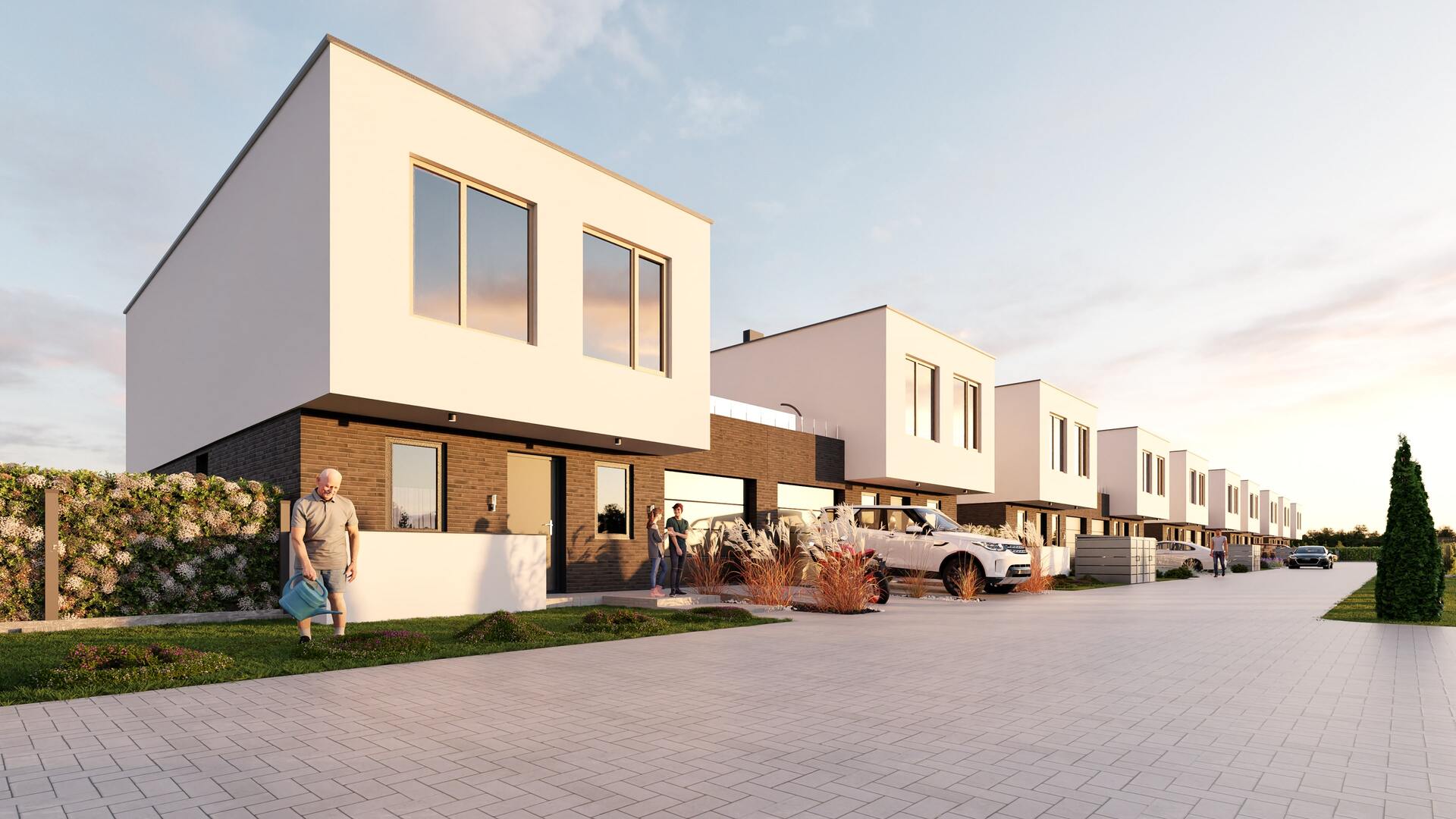
Photorealistic 3D visualization is an advanced technique that allows a property design to be presented in an extremely realistic way, almost indistinguishable from a real photograph.
In practice, this means that 3D interior visualizations and exterior architectural visualizations can showcase a future property investment in all its glory before the first shovel even hits the ground.
Applications in real estate: This technology enables not only a general outline of the building to be presented but also its interiors, surroundings, and finishes. Clients can see 3D interior arrangements in realistic colors, with appropriate lighting and details that create atmosphere and draw attention.
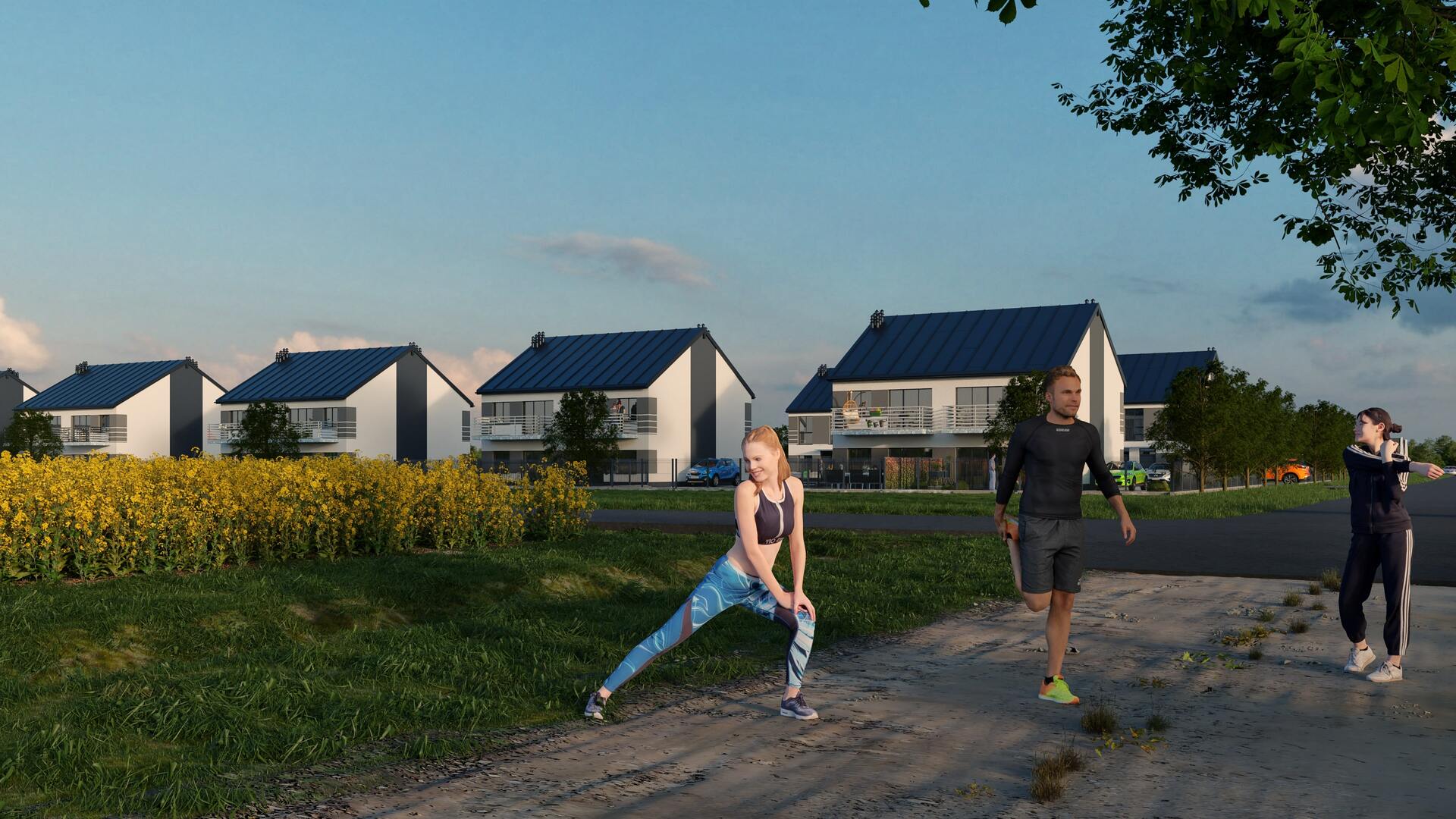
3D property visualization helps clients better understand the project. Unlike traditional technical drawings, 3D building visualizations give a complete picture of what the final investment will look like.
Photorealistic 3D interior visualizations can evoke emotions. When a client sees a beautifully arranged, fully furnished, and well-lit space, they begin to connect with the project. They can imagine living in the space, and emotions are often key to the purchase process.
With 3D visualization, you can differentiate your property investment from other developers. In a market saturated with projects, high-quality building visualizations can be the factor that grabs attention and convinces clients.
3D property visualizations are much cheaper than creating physical mock-ups. They can be quickly adapted to changing client needs, saving time and resources.
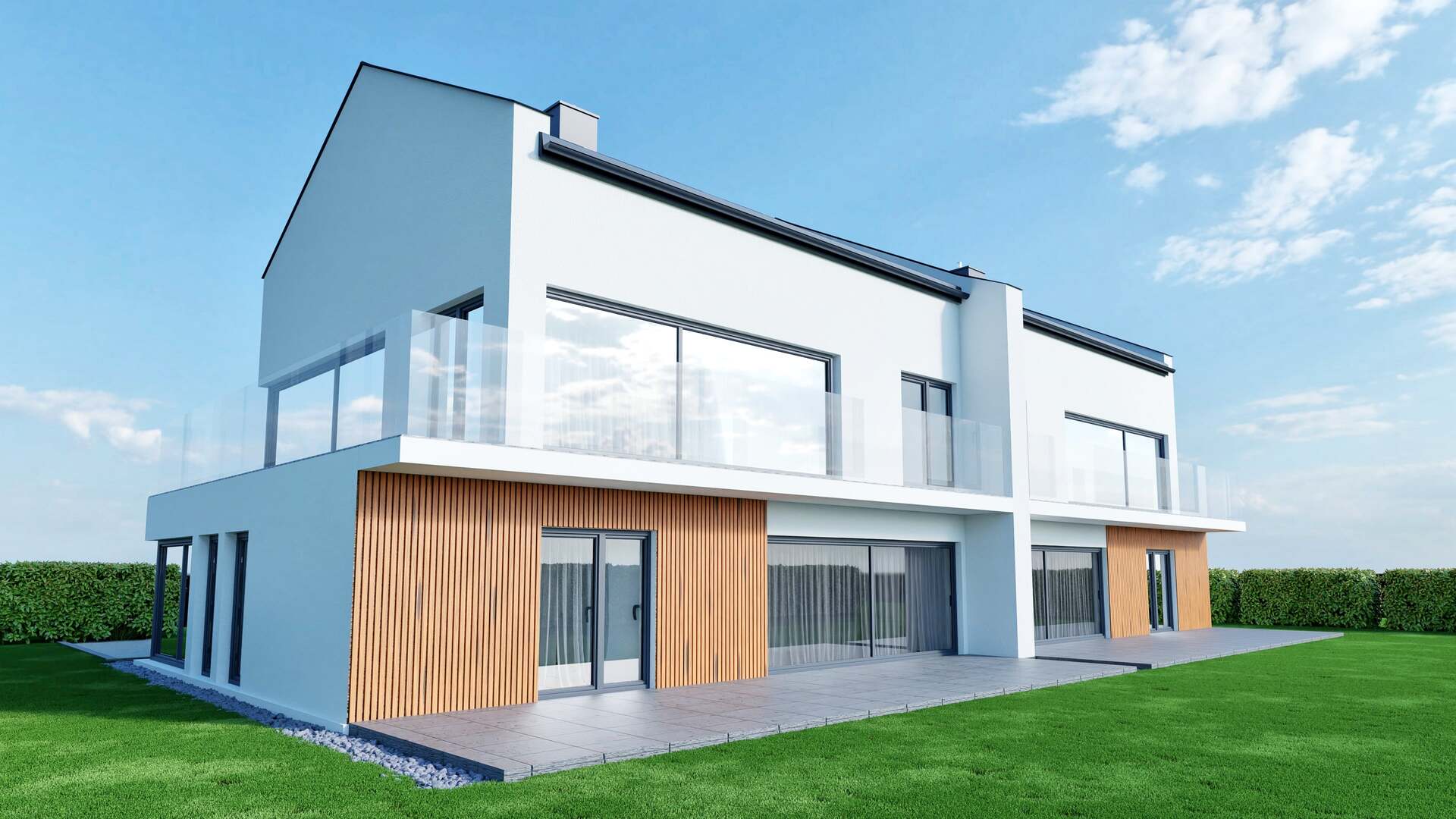
Data gathering – architects and 3D graphic specialists need technical plans, information about materials, finishes, and color schemes to create an accurate visualization.
3D modeling – this is the process of creating a three-dimensional model of the property, establishing the building structure and the general shape of the space.
Adding textures and materials – each element of the building's interior and exterior receives realistic materials like wood, concrete, or glass, making 3D interior visualizations look like photographs.
Lighting setup – appropriate lighting is a key element in photorealistic visualization. Realistic light and shadow effects give depth to the project.
Rendering – this process transforms the 3D model into a finished image. Rendering is time-consuming but yields effects close to a real photo.
Post-production – this stage involves refining details to achieve a perfect image.
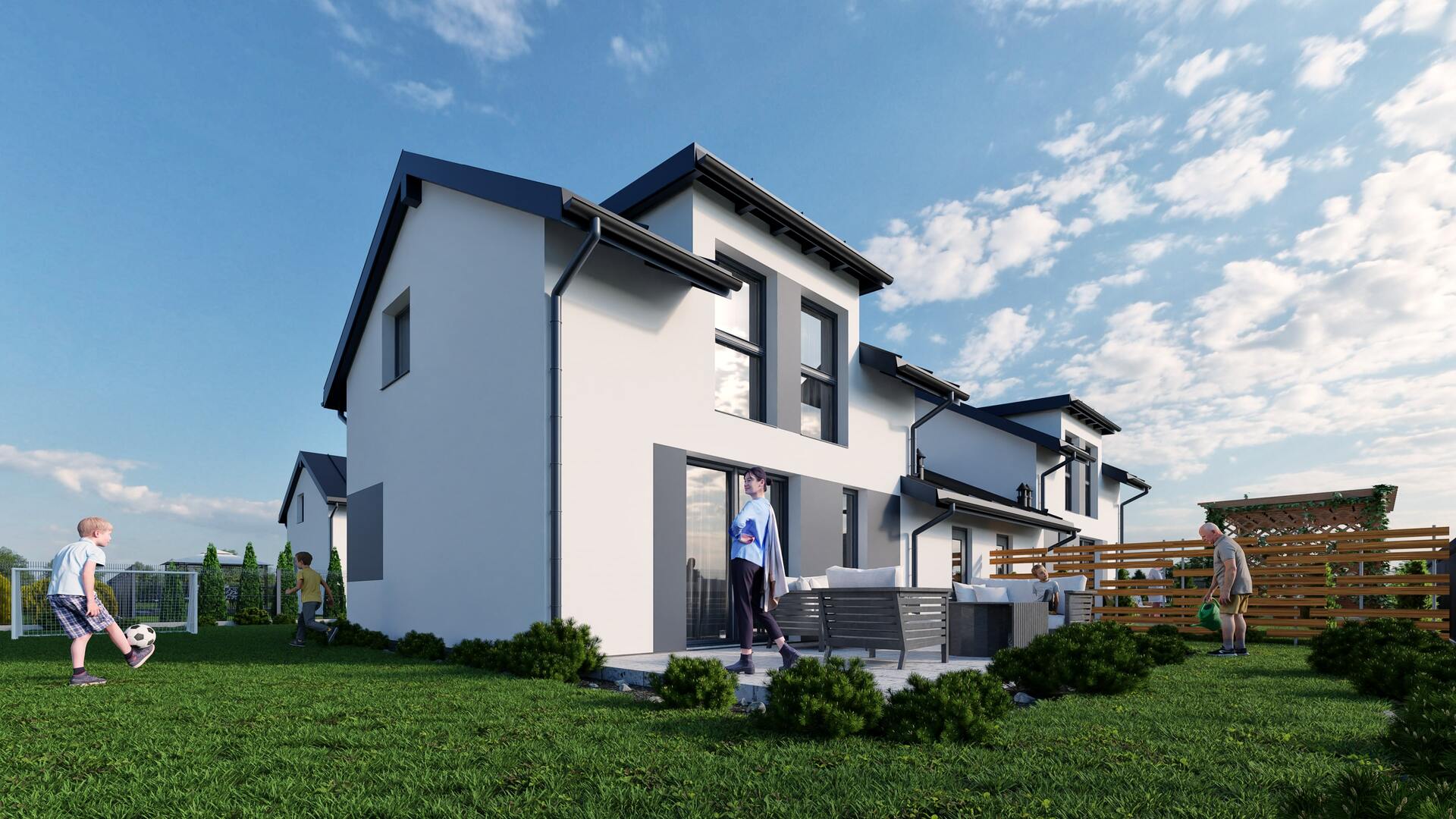
The cost of 3D property visualization depends on several factors:
On average, a professional 3D visualization for an apartment or house can cost from several thousand to tens of thousands of dollars.

3D property visualizations are an investment that can quickly pay off. They help attract attention, build brand trust, and increase the chances of selling property at the presale stage.
If you want to raise the standard of your offering and increase customer interest, consider investing in 3D interior visualizations and 3D architectural visualizations.
The time frame depends on the project’s complexity, usually taking from a few days to several weeks.
Costs vary, but professional photorealistic visualizations start at a few thousand złoty.
Photorealistic 3D visualization is more advanced, showing details and realistic lighting effects, while a standard render is often less detailed.
Yes, 3D visualizations work well on websites, social media, and advertising materials.
No, more and more small firms and developers use 3D visualizations to differentiate their projects.
Yes, 3D visualizations can be modified. Developers can change finishes, colors, or layouts, tailoring the project to client expectations.
The most common types include interior visualizations, exterior building visualizations, virtual tours, and animations, enabling clients to fully understand the project.
Yes, this is one of the main applications of 3D visualization. They allow the property to be showcased before construction completion, increasing presale opportunities.
Popular software includes 3ds Max, V-Ray, SketchUp, Blender, and Lumion. The choice of software depends on the required realism level and project specifics.
Yes, especially in the premium segment, 3D visualizations are very effective. Luxury clients expect high-quality presentations, and photorealistic visualizations showcase details and finishes at the highest level.
Yes, bird’s-eye view shots are often used in 3D visualizations to show the urban context, plot layout, and the building’s relationship with its surroundings.
The most common mistakes are failing to provide complete documentation, lacking a clear final vision, or ordering visualizations too late—after the sales have already started.
Yes, it is possible to include people, vehicles, and scenes from everyday life in the visualization, which enhances its emotional impact and helps viewers "feel" the space.
It’s best to use a large screen or TV to display both static shots and animations. Tablets are also effective for individual presentations.
Of course—some clients choose one key view, such as a living room or front facade visualization, to test the market response without making a large investment.
Yes, we can adapt the visualization style (colors, mood, typography, interior style) to the visual identity of the investment or developer’s brand, ensuring consistent communication.
The cost depends on the number of shots, project complexity, level of detail, need for modeling from scratch (e.g., furniture), turnaround time, and possible revisions.
Yes, the interior design style is fully customizable—the client can indicate the preferred style, colors, furniture, and accessories, and we will recreate it according to the design assumptions.
Yes—it is possible to create an interactive property map where users can click on a specific building or unit to view the corresponding visualization or property card.
Yes, this is one of their main uses. Thanks to photorealistic visualizations, listings stand out from the competition and attract more clicks and inquiries.
Book a free consultation.
Sign up now for our free RendProletter and receive 1 email every week with a short summary of the best posts from our blog and emails with unique offers you won't find anywhere else!